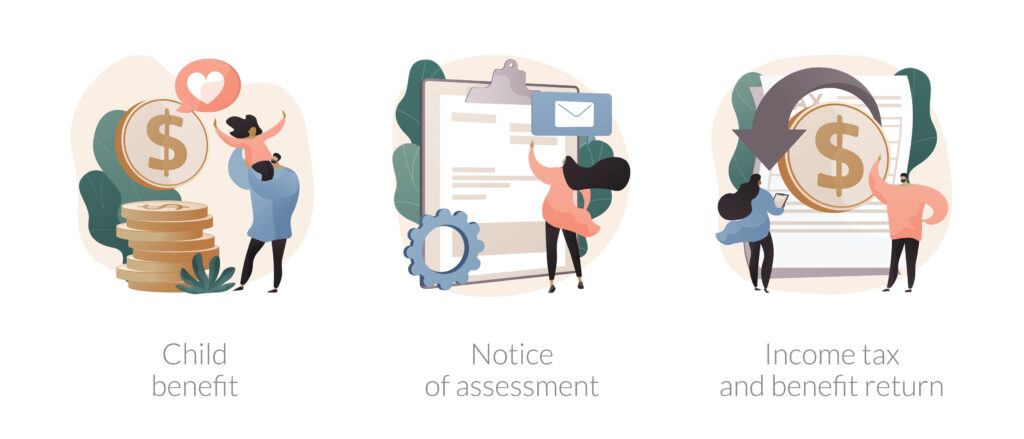Who Really Qualifies as a Dependent for Taxes?

How many dependents do you really have? Who can really be counted as a dependent? These are some of the most common questions that all taxpayers have. Can you count all of your children, live-in help, or perhaps a dog or other family pet? What about a friend who decides to crash at your place and basically mooch off you the entire year; can he or she be counted as a dependent?
As far as the IRS is concerned, there are two different kinds of dependents but there are dozens of scenarios that can fall under these two categories. There are also different rules for each type. The first type of dependent is classified as a qualifying child. The second type is a qualifying relative.
A qualifying child must be related to you, either by birth or adoption, or be a step or foster child. You must also provide more than half of the child’s total financial support and you can be the only person claiming that child on your return. To be a dependent the child must also be 18-years-old or younger, or if he or she is a full-time student, younger than 24-years-old.
The rules for being counted as a qualifying relative are much different. First, if your relative is a blood relative then he or she does not have to live with you in order to be counted. However, he or she must not provide more than half of his or her own support and that person cannot make more than $4000.
For a person who is not a blood relative to qualify as a dependent – like a lifelong friend who is down on his/her luck, or just plain lazy, or even your significant other – that person must live with you the entire year and their income must be less than $4,000 for the entire year. No one else can claim the person and you have to provide more than half of his or her financial support.
Gifts to Grandchildren: Generation-Skipping Transfer Tax
Gifts to Grandchildren: Generation-Skipping Transfer Tax The federal government currently imposes three distinct taxes on the transfer of wealth. The first two limit the total amount of assets that a person can pass tax free to others in life or at death. The gift tax and/or the estate tax take a substantial portion of all…
Independent Retirement Account – Defined, What Are The Options?
Independent Retirement Account – Defined, What Are The Options? There are typically two types of beneficiaries for an Independent Retirement Account (IRA). A beneficiary can be either a spouse or non-spouse, and each group has different options and benefits to receiving money from an inherited IRA. INHERIT INDEPENDENT RETIREMENT ACCOUNT FROM SPOUSE If you inherit…
Estate Planning Can Protect Your Wealth From Obamacare
Have you considered that estate planning can protect your wealth from Obamacare? What if everything you worked for in life, was handed over to the government the moment that you were about to give it to your heirs? Unfortunately this nightmare could be a reality if you don’t plan against it. Obamacare has expanded Medicaid,…
Relocating? Revisit your Planning
Relocating? Revisit your Planning If you are new to our state, or someone among your family or friends has just relocated here, we say, “Welcome!” Your move was certain to have been hectic (isn’t everyone’s?), and you still must have a million things to do. Even so, we’d like to make some suggestions regarding your…



